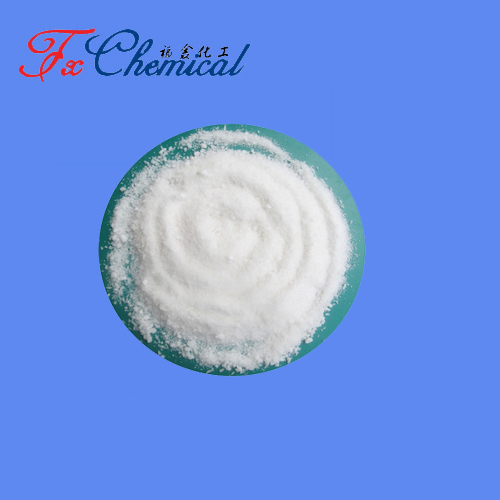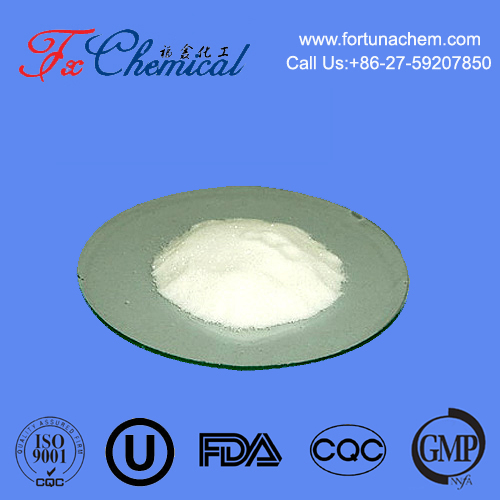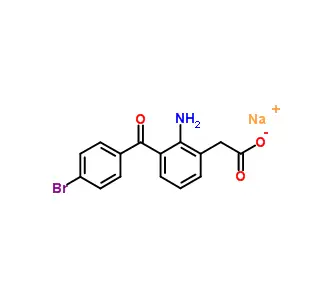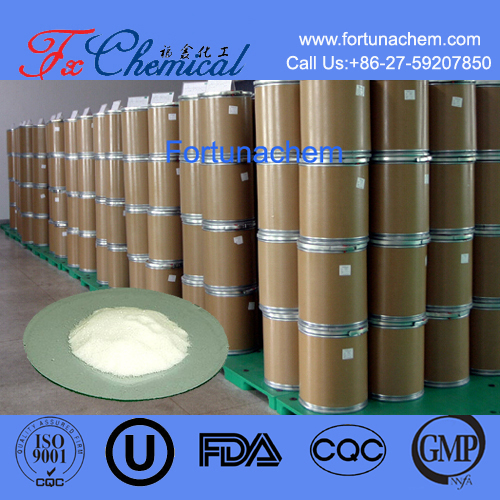
Search

Search

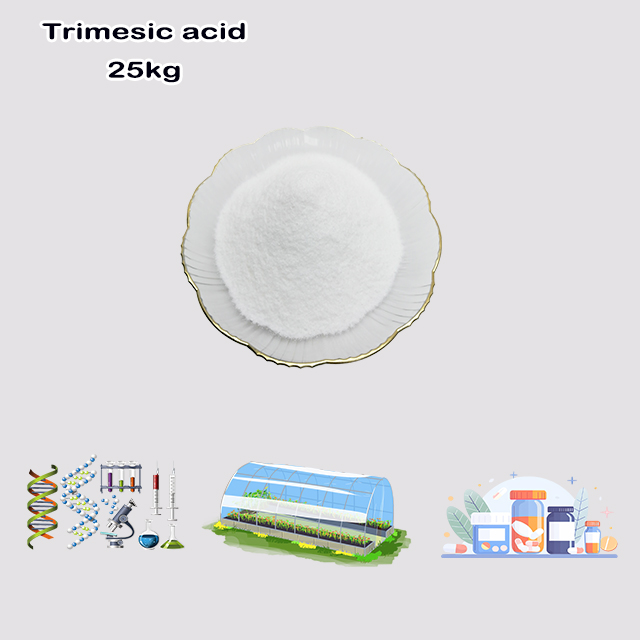
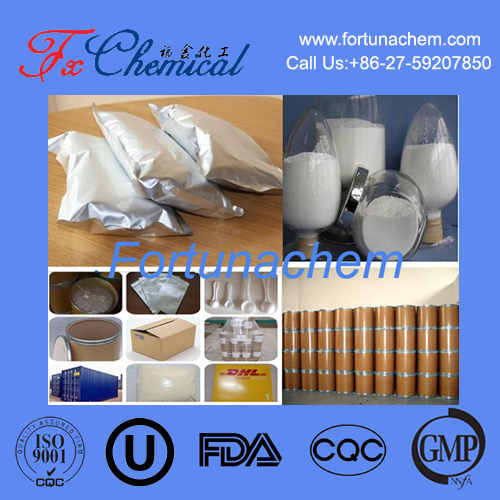
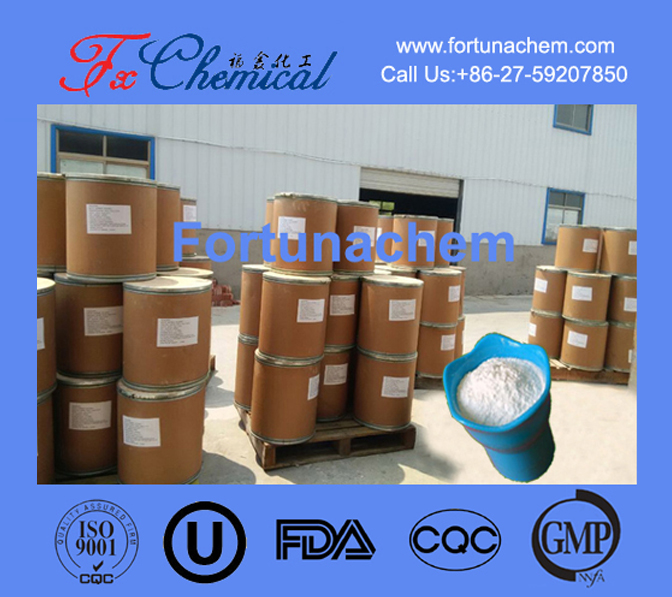
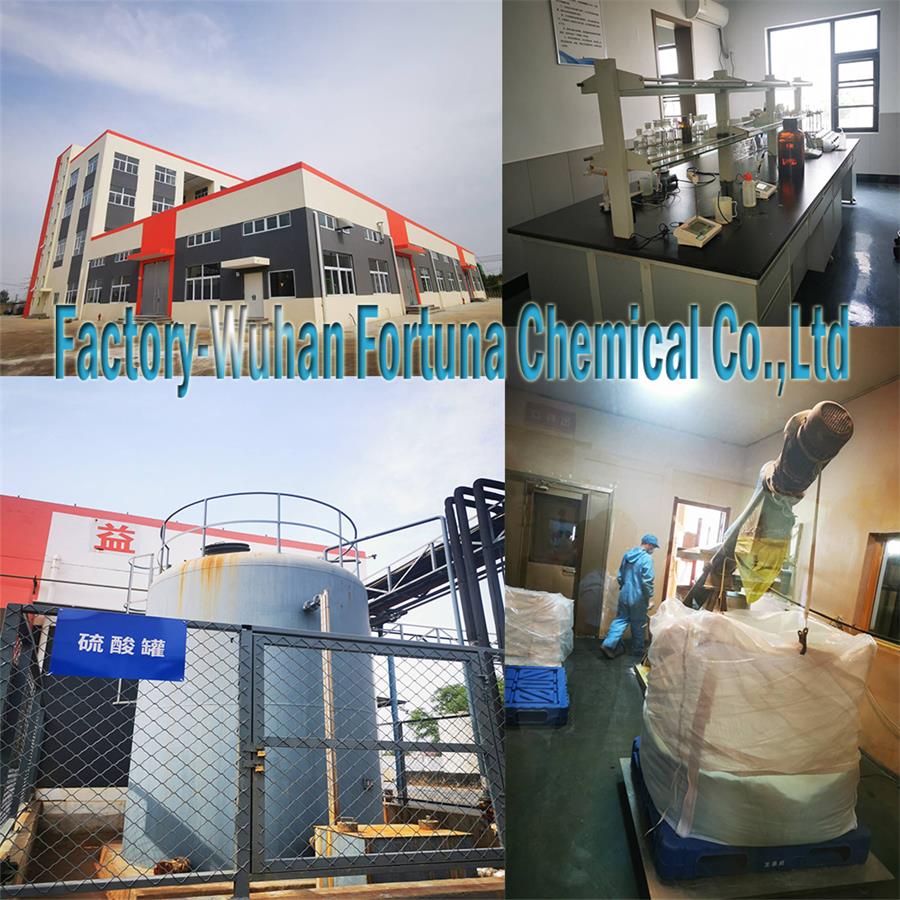
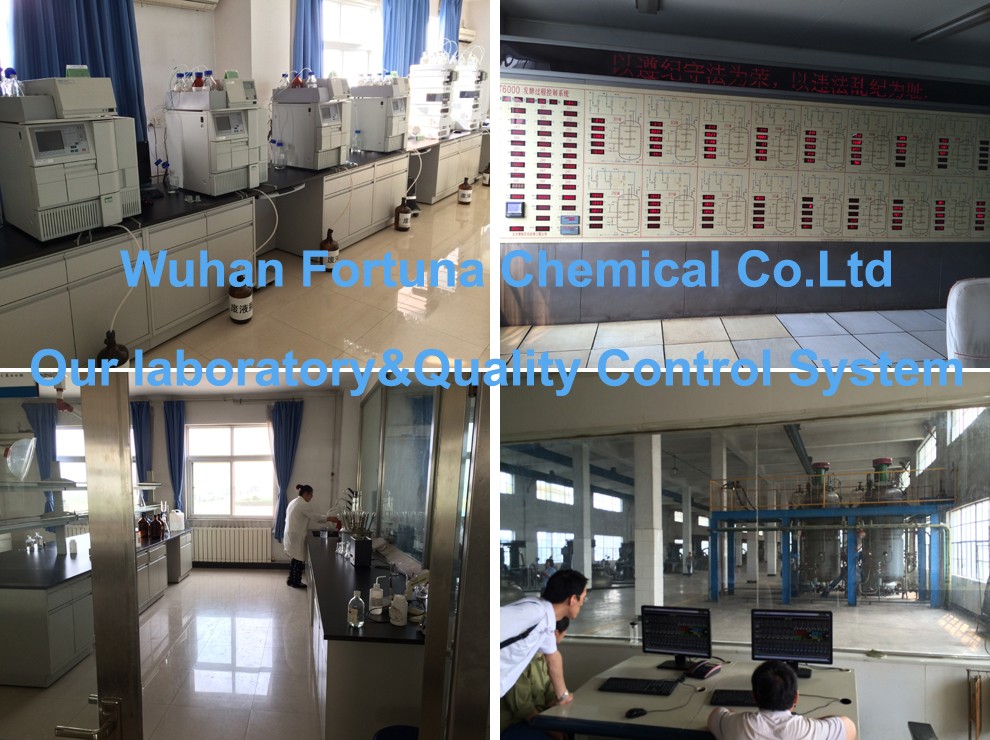





Trimesic acid, or benzene-1,3,5-tricarboxylic acid, is a symmetric organic compound with three carboxylic acid groups. It is a key building block in materials science, primarily used as a rigid organic linker in constructing metal-organic frameworks (MOFs). These porous materials are designed for gas storage, separation, and catalysis. Additionally, its ability to form precise hydrogen-bonded networks makes it a classic model in supramolecular chemistry and crystal engineering. It is a white, crystalline solid valued for research rather than large-scale industrial use.
Items | Specifications | Results |
Appearance | White Powder | White Powder |
Assay(%) | ≥99.0% | 99.28% |
Loss on Drying(%) | ≤0.50% | 0.13% |
clarity | Clear and transparent, free of mechanical impurities | Qualified |
Conclusion | It meets the testing standards of this enterprise and has passed the test. | |
Trimesic acid, systematically known as benzene-1,3,5-tricarboxylic acid, is an organic compound belonging to the class of benzenecarboxylic acids. As the name suggests, it consists of a central benzene ring with three carboxylic acid (–COOH) groups attached at the 1, 3, and 5 positions, creating a symmetrical, trigonal planar structure.
Its molecular formula is C₉H₆O₆, and it is a white, crystalline solid at room temperature.
Symmetry: Its most defining feature is its high degree of symmetry (it has a three-fold rotational axis). This symmetry is crucial for its applications in crystal engineering.
Functionality: It is a triacid, meaning it can donate three protons. It also has multiple hydrogen bond acceptors (carbonyl oxygens) and donors (acidic hydrogens).
Solubility: It has limited solubility in cold water but is more soluble in hot water and polar organic solvents like dimethylformamide (DMF) and dimethyl sulfoxide (DMSO).
Trimesic acid is not a common industrial chemical but is immensely valuable in advanced materials research due to its unique molecular structure.
1. Reticular Chemistry and Metal-Organic Frameworks (MOFs):
This is the most significant application of trimesic acid. It is a classic tridentate ligand used to construct MOFs.
How it works: The three carboxylate groups can deprotonate and coordinate to metal ions (e.g., Zn²⁺, Cu²⁺, Cr³⁺).
Role: It acts as a rigid, triangular "node" or "linker" that connects metal ions into an extensive, porous, and well-ordered two- or three-dimensional network framework.
Outcome: The resulting MOFs have incredibly high surface areas and tunable pore sizes. These properties make them promising materials for:
Gas Storage: Storing hydrogen or methane for clean energy applications.
Gas Separation: Separating CO₂ from industrial flue gases or purifying natural gas.
Catalysis: Providing a confined space for chemical reactions with high selectivity.
Drug Delivery: Encapsulating and releasing therapeutic molecules.
2. Supramolecular Chemistry and Crystal Engineering:
Even without metals, trimesic acid is famous for forming predictable hydrogen-bonded networks.
Its ability to both donate and accept multiple hydrogen bonds allows it to self-assemble into stable, porous 2D "chicken-wire" or "honeycomb" networks. This was one of the earliest and most studied examples of engineered supramolecular assemblies and organic frameworks.
3. Historical Context:
Trimesic acid has been known since the 19th century. It was first prepared by the French chemist Auguste Laurent in 1846 by oxidizing mesitylene (1,3,5-trimethylbenzene). Its well-defined crystalline structure made it a subject of early X-ray crystallography studies, helping scientists understand hydrogen bonding patterns.
It's often compared to its isomers:
Phthalic acid (benzene-1,2-dicarboxylic acid): Used to make phthalate plasticizers.
Isophthalic acid (benzene-1,3-dicarboxylic acid): Used in resins (e.g., PET plastic).
Terephthalic acid (benzene-1,4-dicarboxylic acid): The primary monomer used to make PET plastic and polyester fibers.
Unlike these commercially mass-produced isomers, trimesic acid's value lies almost exclusively in its specialized role in research and materials science.
Trimesic acid is a relatively benign organic acid. However, as with many fine chemicals, standard laboratory precautions should be taken:
It may cause eye and skin irritation.
Avoid creating or inhaling dust.
It should be handled in a well-ventilated area, and personal protective equipment (PPE) like gloves and safety glasses should be worn.
In essence, trimesic acid is a symmetrical trifunctional organic compound that serves as a fundamental building block in modern materials science. Its primary importance lies in its role as a key organic linker for constructing highly porous Metal-Organic Frameworks (MOFs) and its classic example of engineered hydrogen-bonded networks in supramolecular chemistry. While not an industrial commodity, it is a vital tool in research labs worldwide for designing next-generation functional materials.
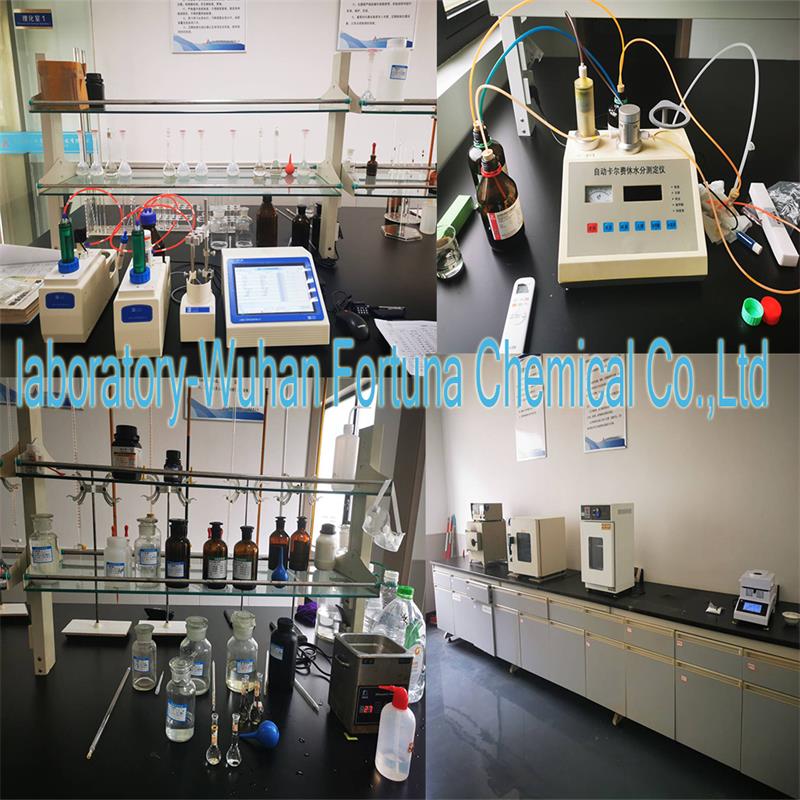
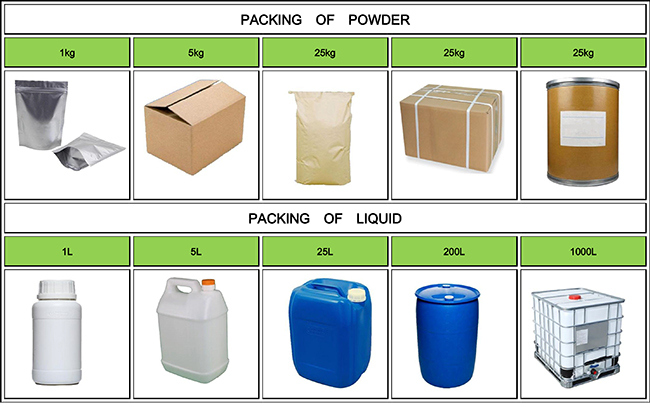
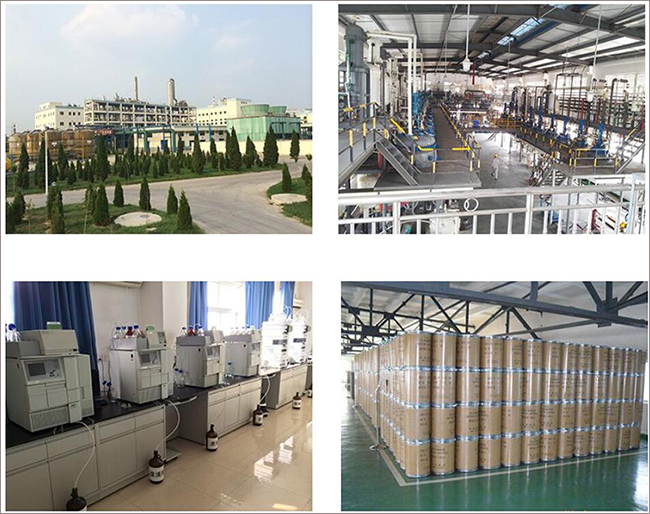

Fortunachem Provides Not Only Professional Chemical Products But Also Professional Help
Keeping you up-to-date with all the latest information, news, and events about Fortunachem!

Quick Links
Add:
E-mail:
 English
English  Español
Español  français
français  العربية
العربية 